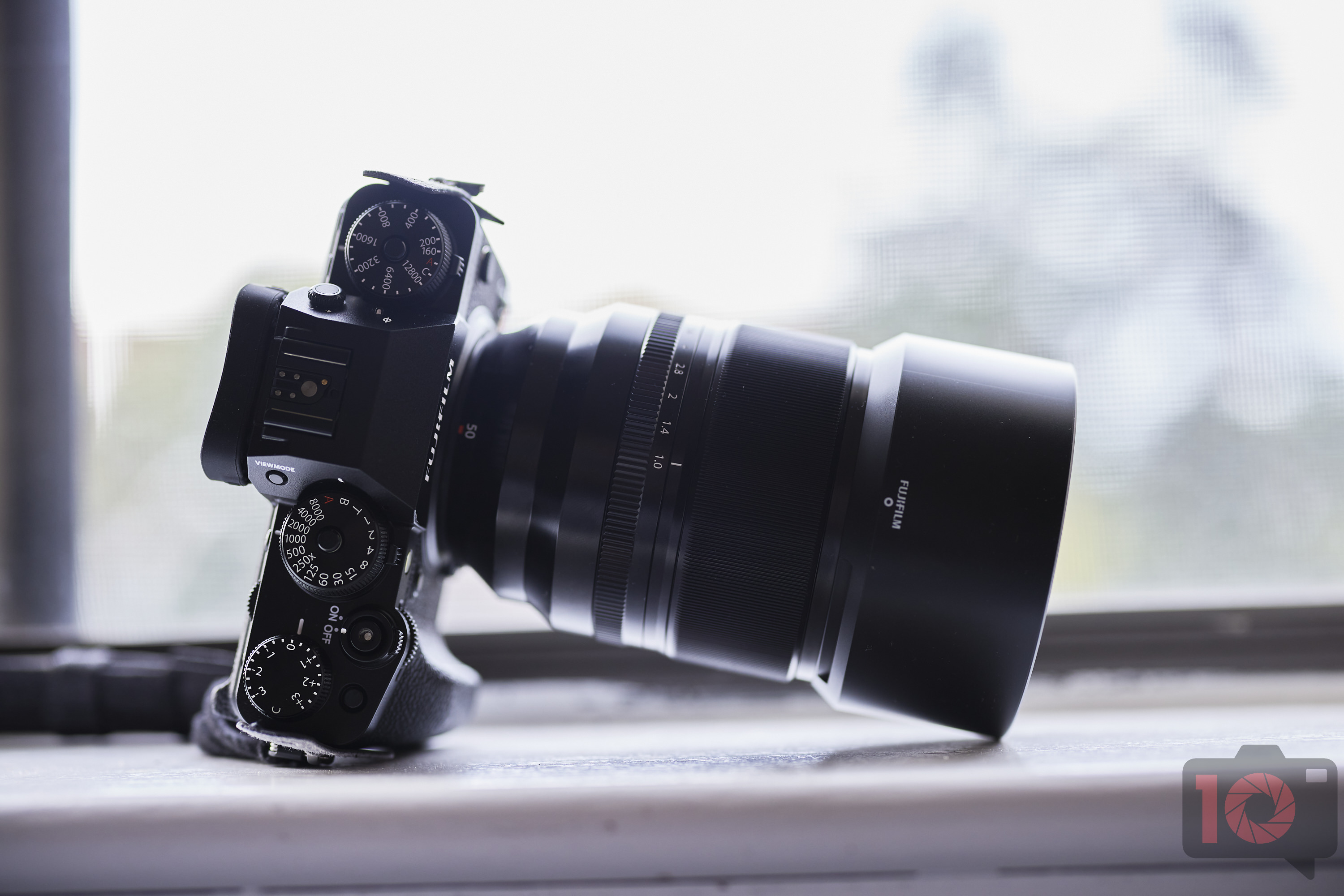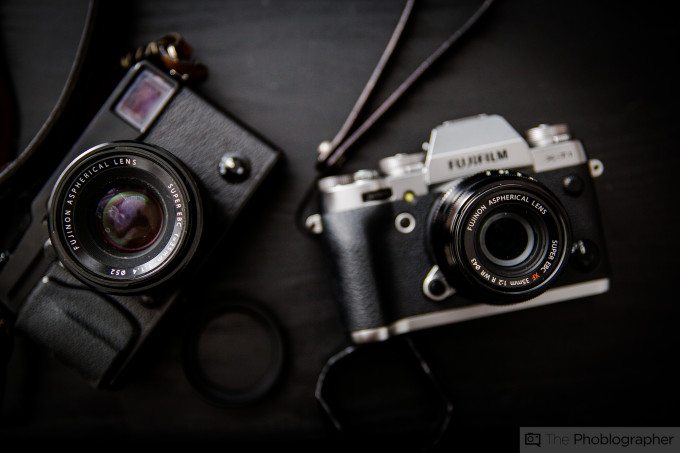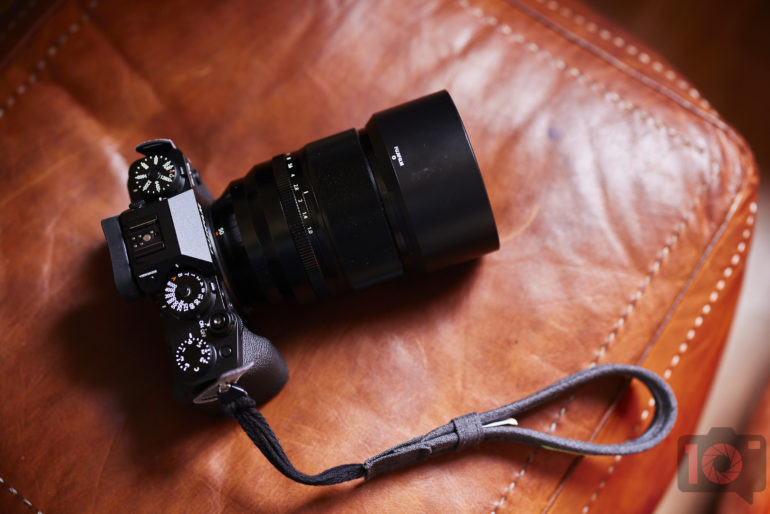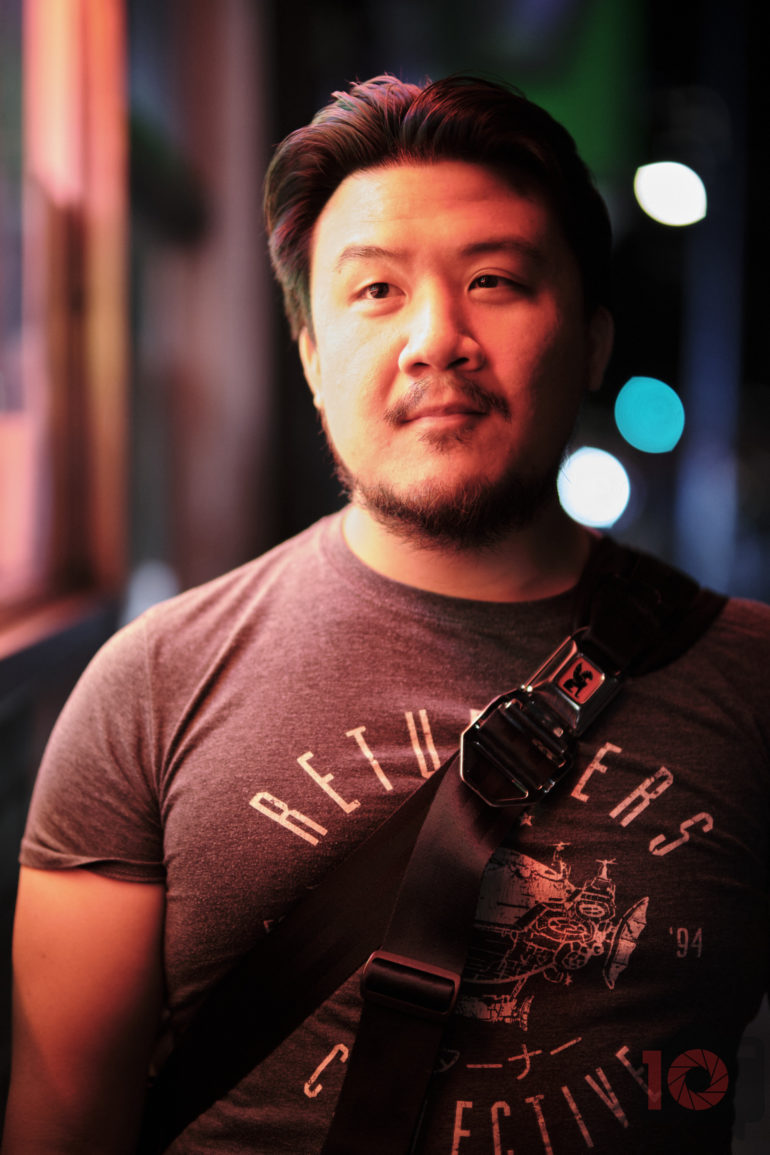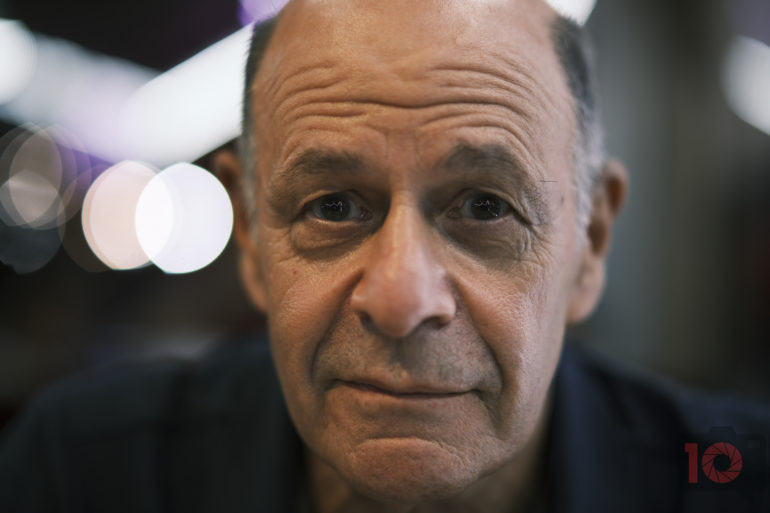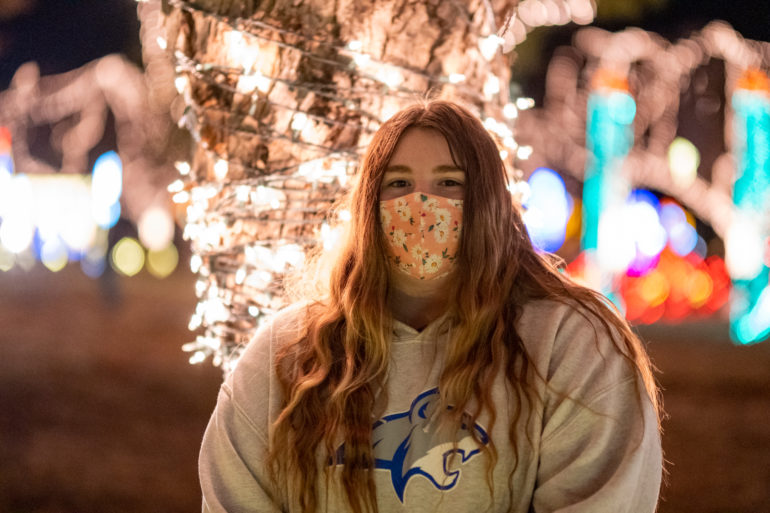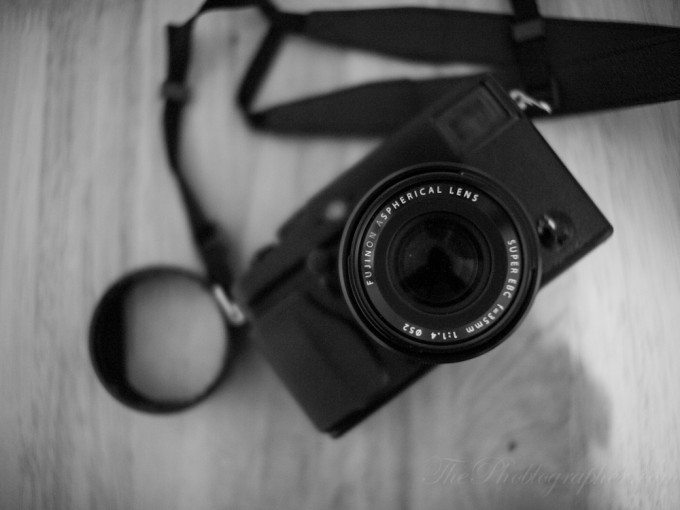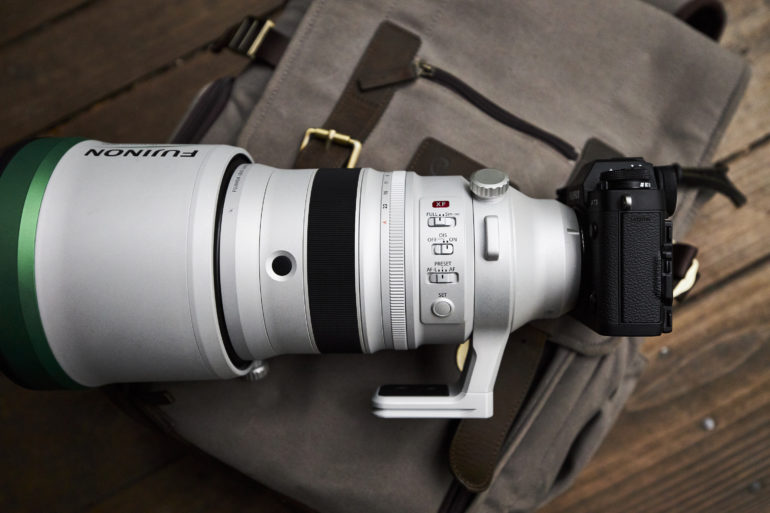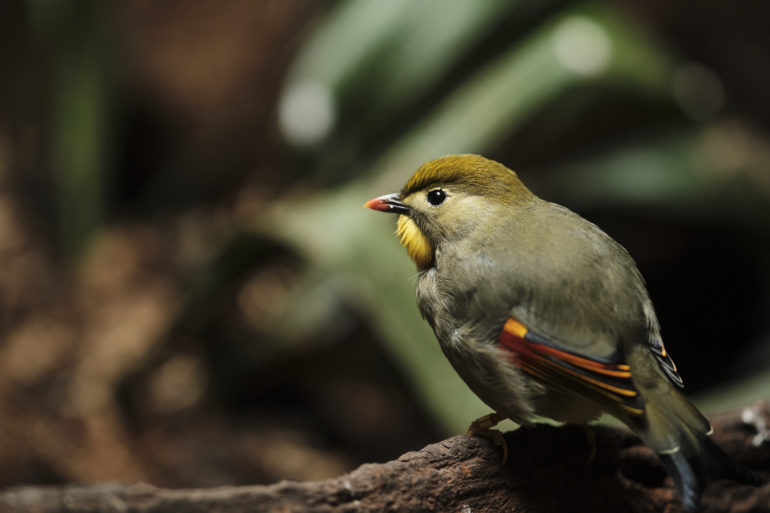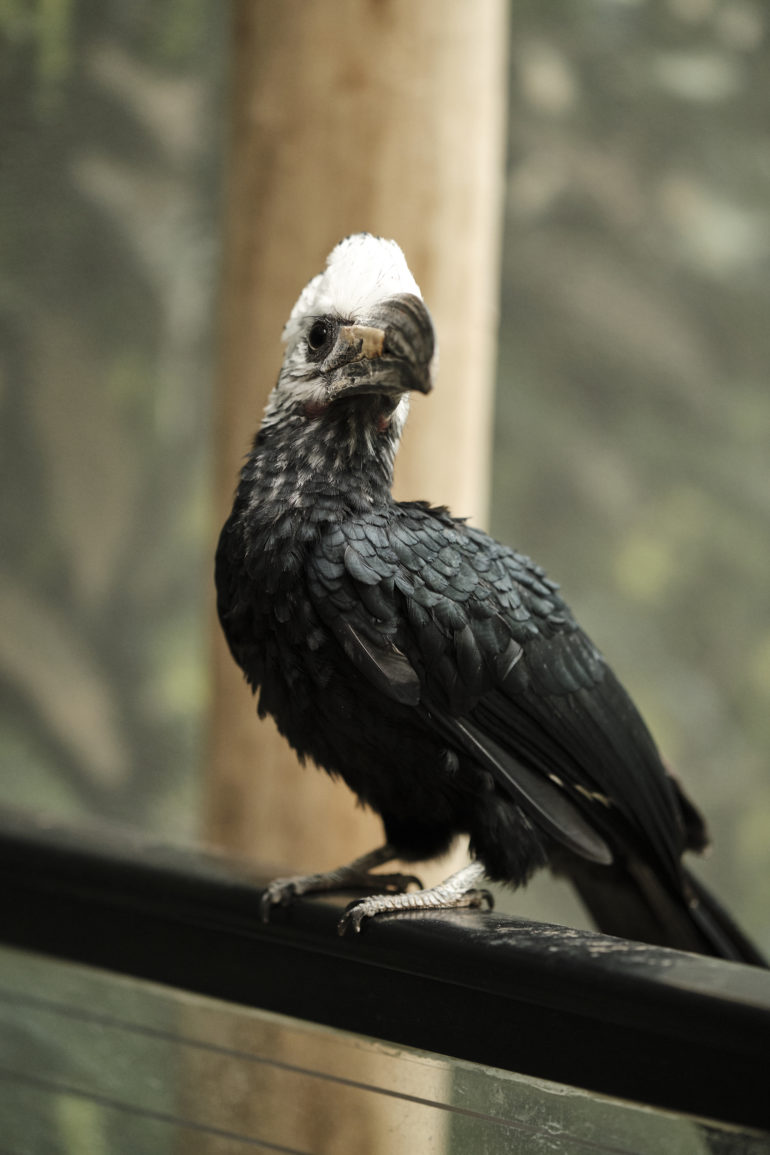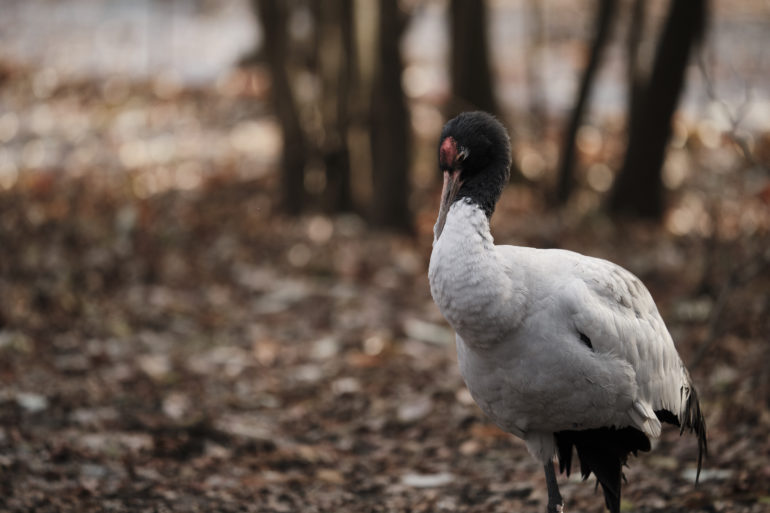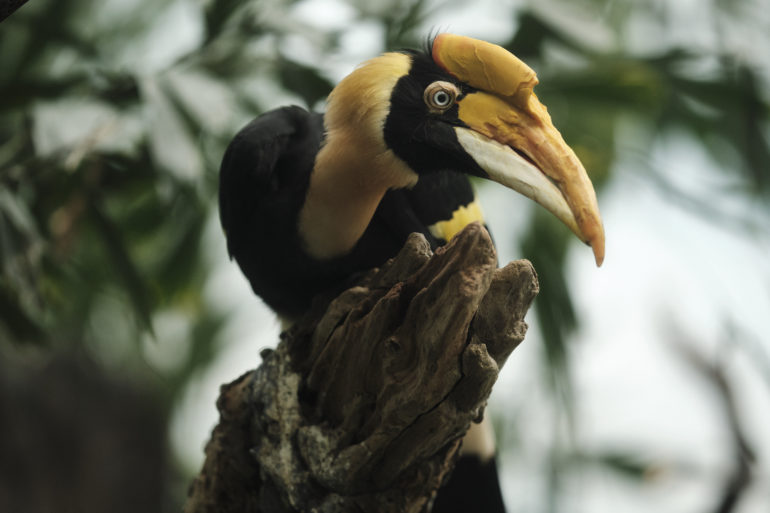Fujifilm has a large number of lenses. For the most part, I think photographers buy their prime lenses more than their zooms. But overall, Fujifilm lenses are some of the most beautiful on the market. They deliver stunning image quality thanks in part to the sensors used in the cameras. But if you’re looking for something very unique, we’re rounding up three incredibly Fujifilm lenses in this post. We’ve tested them all too!
View this article with minimal banner ads in our app for iOS, iPad, and Android. Get no banner ads for $24.99/year.
Pro Tips on Getting the Most from Fujifilm Lenses
Here are pro tips for photographers to get the most from their Fujifilm lenses.
- Be sure to check out our guide to all of Fujifilm’s X series lenses.
- We would never recommend something we haven’t tested ourselves. The Fujifilm lenses we list have links to our reviews. All the images were also shot by us.
- The image quality from Fujifilm lenses really comes from a combination of the sensor and the lens design. The Fujifilm 50mm f1 is the first autofocus 50mm f1 lens to be made for mirrorless (though not the first made in history). The 35mm f1.4 has a classic Sonnar style design no one can deny. And the 200mm lens will make you feel like you’re shooting for Nat Geo.
- All these photos were shot with various Fujifilm cameras over the years. Our staff own the XT2, the XT4, the X Pro 1, X Pro 2, and the X Pro 3.
- The Fujifilm lenses we’re recommending are weather resistant with the exception of the 35mm f1.4 R, which was made almost a decade ago.
Fujifilm 50mm f1 LM R WR
In our review, we state:
“Creamy, dreamy, and as smooth as silk. The bokeh produced with the Fujifilm 50mm f1 R WR is a photographer’s dream come true, especially for photographers with APS-C cameras. You’ll find that, at f1, bokeh balls are more cats eye shaped rather than perfectly round, but they still look sensational. Just look at the fall-off in the image above. If you’re a portrait photographer who shoots with Fujifilm, this lens is a must-have.”
Fujifilm 35mm f1.4 R
In our review, we state:
“The 35mm f1.4 is truthfully best experienced, if not wide open, nowhere past f5.6. Otherwise, you’re doing an extreme injustice by not taking advantage of the beautiful bokeh and sharpness the lens has to offer wide open. In my opinion and comparisons, this lens is just a tad softer in the center than my trusty 35mm f1.4 for my Canon 5D Mk II. Granted (and I totally understand), they are two totally different lenses for different formats. But that statement is literally just to compare how far the technology has come along.”
Fujifilm 200mm f2 R WR OIS
In our review, we state:
“With such a massive price tag, the Fujifilm XF 200mm f2 OIS WR is incredibly capable of delivering the fantastic image quality that we’ve known Fujifilm capable of producing for years. Combine this with your camera’s Classic Chrome setting or something like that and you’ll be producing images that look almost like they belong in a vintage issue of Nat Geo or something. Again, we’re stating that this lens is really for wildlife photographers. Though we were sent the teleconverter with it, we didn’t test with it simply because we didn’t feel it was a pure test of the lens itself.”
The Phoblographer’s various product round-up features are done in-house. Our philosophy is simple: you wouldn’t get a Wagyu beef steak review from a lifelong vegetarian. And you wouldn’t get photography advice from someone who doesn’t touch the product. We only recommend gear we’ve fully reviewed. If you’re wondering why your favorite product didn’t make the cut, there’s a chance it’s on another list. If we haven’t reviewed it, we won’t recommend it. This method keeps our lists packed with industry-leading knowledge. Some of our stories include affiliate links. If you buy something through one of these links, we may earn an affiliate commission.


